Wangcheng Xu
Hybrid Primal Sketch: Combining Analogy, Qualitative Representations, and Computer Vision for Scene Understanding
Jul 05, 2024
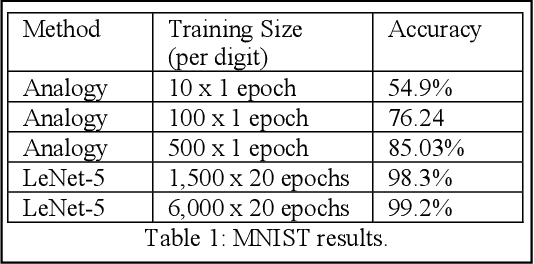
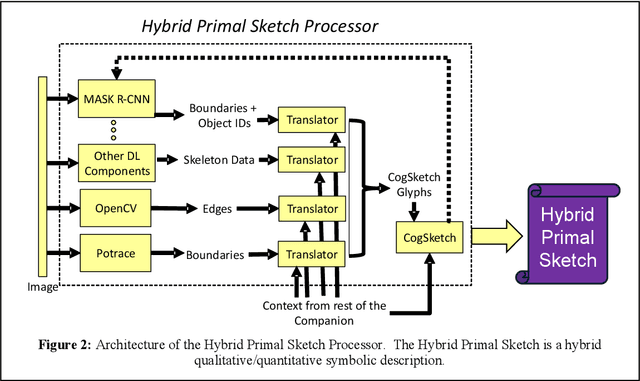
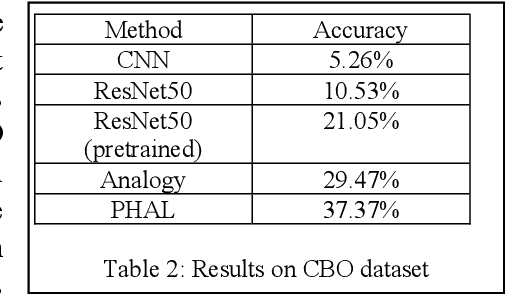
Abstract:One of the purposes of perception is to bridge between sensors and conceptual understanding. Marr's Primal Sketch combined initial edge-finding with multiple downstream processes to capture aspects of visual perception such as grouping and stereopsis. Given the progress made in multiple areas of AI since then, we have developed a new framework inspired by Marr's work, the Hybrid Primal Sketch, which combines computer vision components into an ensemble to produce sketch-like entities which are then further processed by CogSketch, our model of high-level human vision, to produce both more detailed shape representations and scene representations which can be used for data-efficient learning via analogical generalization. This paper describes our theoretical framework, summarizes several previous experiments, and outlines a new experiment in progress on diagram understanding.
Symmetry as a Representation of Intuitive Geometry?
Jun 04, 2022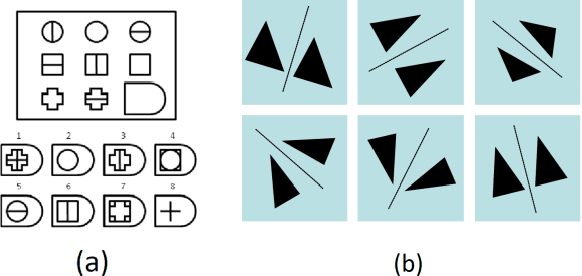
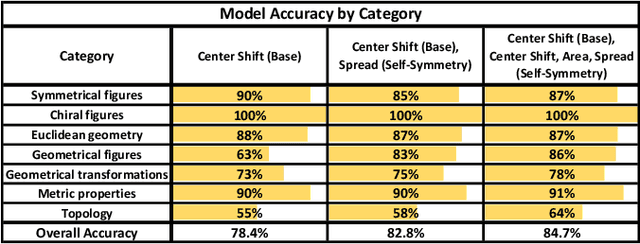
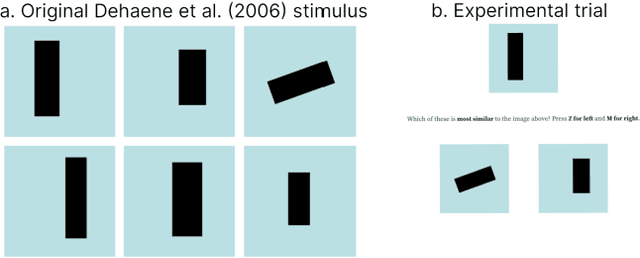
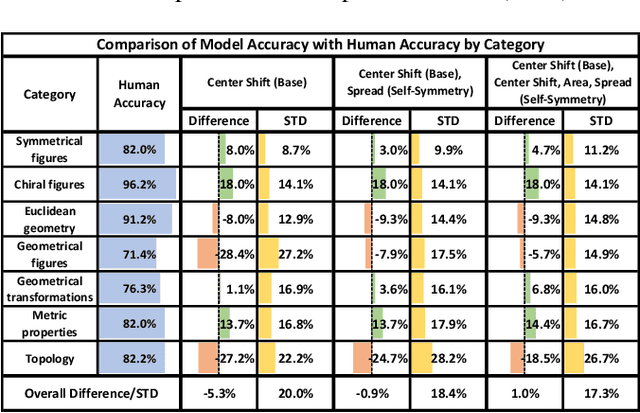
Abstract:Recognition of geometrical patterns seems to be an important aspect of human intelligence. Geometric pattern recognition is used in many intelligence tests, including Dehaene's odd-one-out test of Core Geometry (CG)) based on intuitive geometrical concepts (Dehaene et al., 2006). Earlier work has developed a symmetry-based cognitive model of Dehaene's test and demonstrated performance comparable to that of humans. In this work, we further investigate the role of symmetry in geometrical intuition and build a cognitive model for the 2-Alternative Forced Choice (2-AFC) variation of the CG test (Marupudi & Varma 2021). In contrast to Dehaene's test, 2-AFC leaves almost no space for cognitive models based on generalization over multiple examples. Our symmetry-based model achieves an accuracy comparable to the human average on the 2-AFC test and appears to capture an essential part of intuitive geometry.
 Add to Chrome
Add to Chrome Add to Firefox
Add to Firefox Add to Edge
Add to Edge